Ramón Sánchez Pizjuán: Sevilla
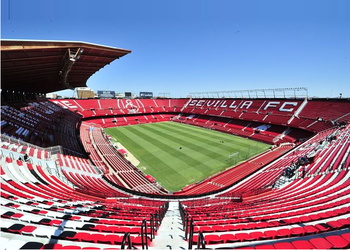
By Josema azcona (Own work) [CC BY-SA 4.0], via Wikimedia Commons
The Ramón Sánchez Pizjuán Stadium has the nickname La Bombonera, though that is more commonly used to refer to the home of Boca Juniors, Estadio Alberto J. Armando. Because of that it’s also called La Bombonera de Nervión as it is located in the Nervión neighbourhood of Seville. It has been the home of Sevilla Football Club since it opened in 1958 and the ground is named after one of the club’s former Presidents.
Though the ground is most famous as the home of Sevilla, it also holds legendary status in Spain for one simple reason: The Spanish international team has never lost game a there. Even Sevilla seem to have benefited from this unusual jinx against the opposition, having only lost three European competitive games there, too.
Stats
| Ramón Sánchez Pizjuán Stats | |
|---|---|
| Year Opened | 1958 |
| Capacity | 42714 |
| Average Attendance | 35493 |
| Pitch Size | 105 x 68 (7140) |
| Nickname | La Bombonera de Nervión |
| Owner | Sevilla Fútbol Club |
| Clubs Hosted | Sevilla Fútbol Club |
| First Fixture | Sevilla v Real Jaén (07/09/1958) |
| Sevilla Stats | |
|---|---|
| Year Founded | 1890 |
| Nickname | Los Rojiblancos, Los Nervionenses, El Grande de Andalucía |
| Club Mascot | Locco |
| Rivals | Real Betis |
| Previous Stadiums | la Trinidad Field, the Mercantile Field, 'La Victoria' Stadium, Estadio de Nervión |
| Kit | White & Red Stripes (Home) / Red & White Stripes (Away) / Black with Red Sleeve (Third) |
| Training Ground | Ciudad Deportiva José Ramón Cisneros Palacios |
| Shirt Sponsor | DEGIRO |
| Team Owner | Sevillistas de Nervión S. A. |
| Record Goalscorer | Campanal I (218) |
| Record Appearances | Juan Arza (414) |
Ramón Sánchez Pizjuán Photos
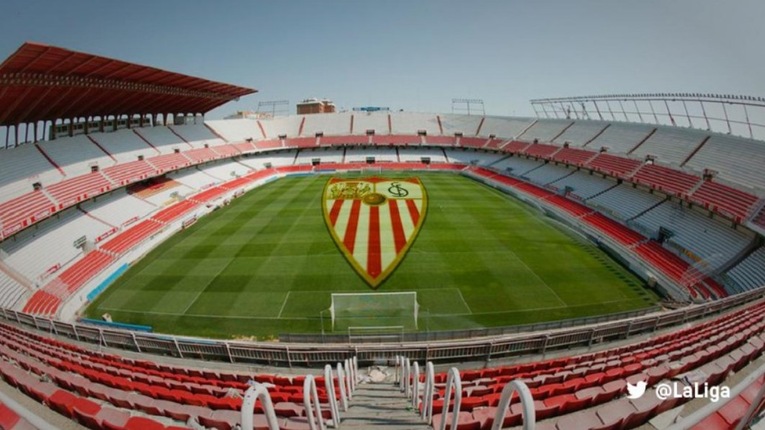
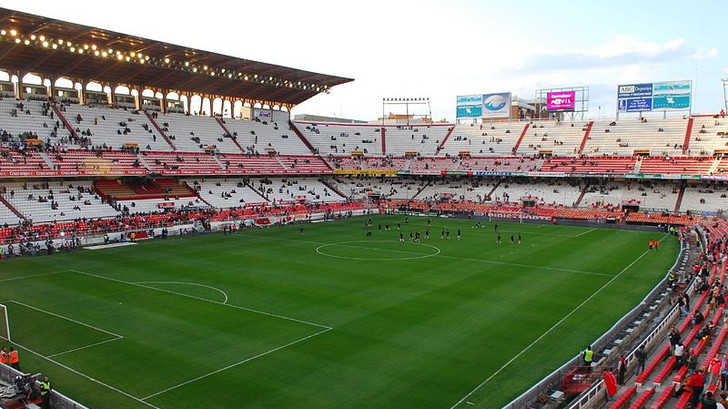
By http://flickr.com/people/inkiboo/ [CC BY 2.0]
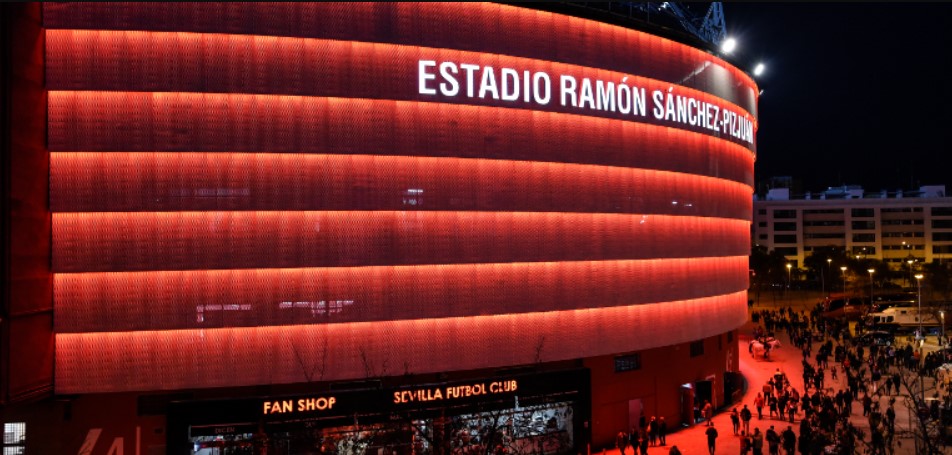
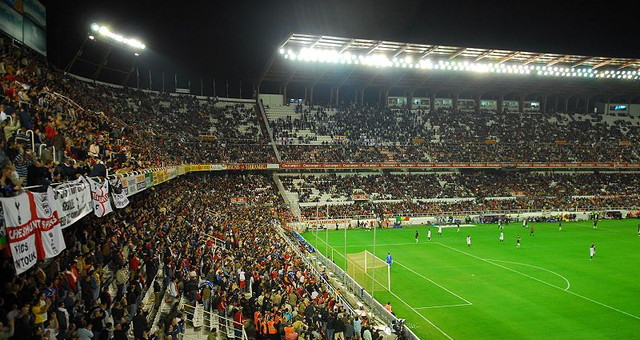
By inkiboo [CC BY 2.0]
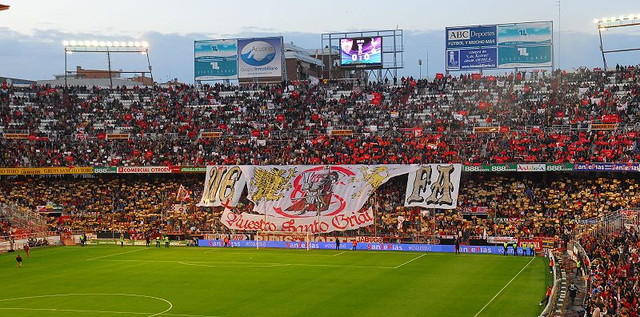
By http://flickr.com/people/inkiboo/ [CC BY 2.0]
Ramón Sánchez Pizjuán Seating Plan and Where to Sit
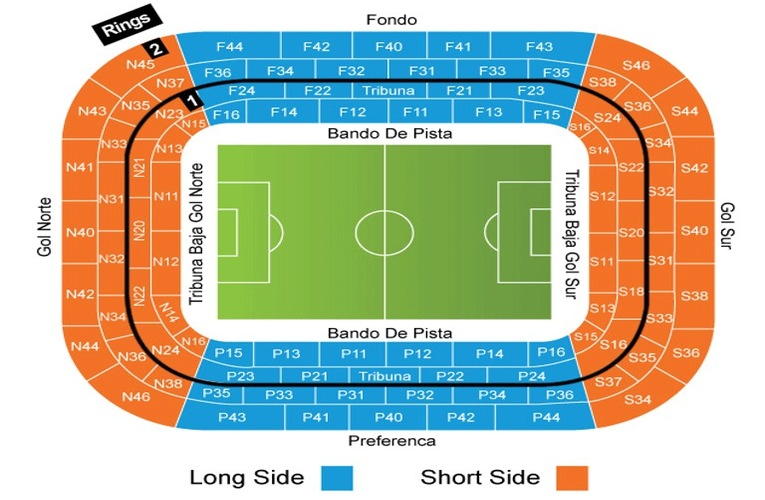
Ramón Sánchez Pizjuán Stadium follows the ‘bowl’ style common for most continental football grounds. There are two tiers around the ground, with The North Stand and The South Stand being located behind the goals. The North Stand hosts the most vocal Sevilla supporters. The East and West Stands run along the sides of the pitch with the latter housing the dugouts, the players’ tunnel and the Director’s Box.
Sevilla Ticket Prices
Spanish teams are notoriously difficult to find ticket information for. They only tend to release the ticket prices a few weeks ahead of the matches and this allows them to shift the pricing structure according to the level of the team they’re playing against. Sevilla, like most Spanish sides, categorises their games. Typically, though, a normal game against one of La Liga’s mid-table teams will set you back between about €35 and €70 depending on where in the ground you’d like to sit, whereas a top team like Barcelona visiting the stadium will cost much more, between €130 and €165.
How To Get Sevilla Tickets
Sevilla rarely sell out their games, so you will almost certainly be able to buy a ticket on the day of the game. If you want to get one ahead of time, though, your best bet is to go to the club’s website or one of Sevilla’s approved re-sellers.
Where to Buy
Getting To Ramón Sánchez Pizjuán
Seville is located in the South of Spain and is a lovely place to visit. Here are some of the travel methods you might want to consider:
Train – It will take you the best part of a day to get to Seville from Spain by train. Once you’re in the city, though, it’s easy enough to get to the ground on the Metro as the Gran Plaza and Nervión stations are both close to it.
Bus – Buses 27, 24, 21, B3, 28, 29, C1, C2, 32,
EA (Special Airport), 5, 22 and 23 all stop at or near the stadium.
Car – Some people are more confident than others when driving in foreign countries. Whatever your opinion the safest way to go about it is to put the address of the stadium into some sort of satellite navigation system.
By Air – Seville Airport is less than ten miles from the city centre and serves international and domestic flights.
Taxi – Getting a taxi from the airport to the ground will set you back about €15 and should take around fifteen minutes.
Parking Near Ramón Sánchez Pizjuán
There is no car park at the ground itself apart from for club officials and so on. Your best bet is either a public car park or you can go for on-street alternatives.
Useful Resources
Ramón Sánchez Pizjuán Hotels
Seville is a beautiful part of Spain and is used to an influx of visitors on a regular basis. There are a host of hotels to choose from, with these being some of our favourites:
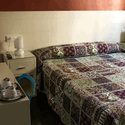
Hostal San Vicente II - £40+
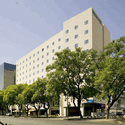
Novotel Sevilla - £50+
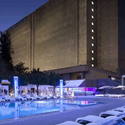
Meliá Lebreros - £70+
Pubs and Bars Near Ramón Sánchez Pizjuán
Virtually every city in Spain has somewhere good to go for a drink and some tapas, with Seville being no exception. Here are some decent choices:
Cervecería Mr Beer.
Long Island bar
The Clan Scottish Pub
Facilities
Though an old stadium in theory, the ground has been renovated a number of times and the facilities have been improved upon accordingly.
Hospitality
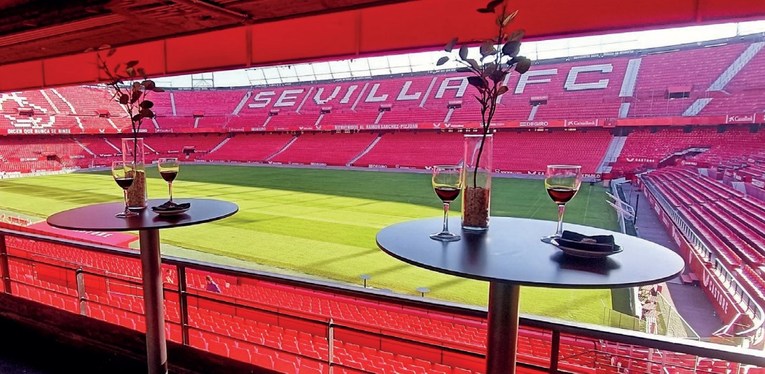
Like pretty much every first-class club in the world, Sevilla have a number of hospitality options available to supporters. If you’d like to know more information your best bet is to contact the club directly.
Private Hire
Much like with match day hospitality, information about the hiring of the Ramón Sánchez Pizjuán for private use is best obtained from the club directly.
Stadium Tours & Museum
Tours of the stadium run throughout the week as long as there is no event occurring on the pitch, such as team training. Tours take place between 11am and 19.30pm (although times can change depending on the day), and it costs €14 for adults, €10 for children up to 14 and it’s free for kids under 5. The tour also includes a visit to the club’s museum where you can see numerous bits of memorabilia and trophies.
About Sevilla
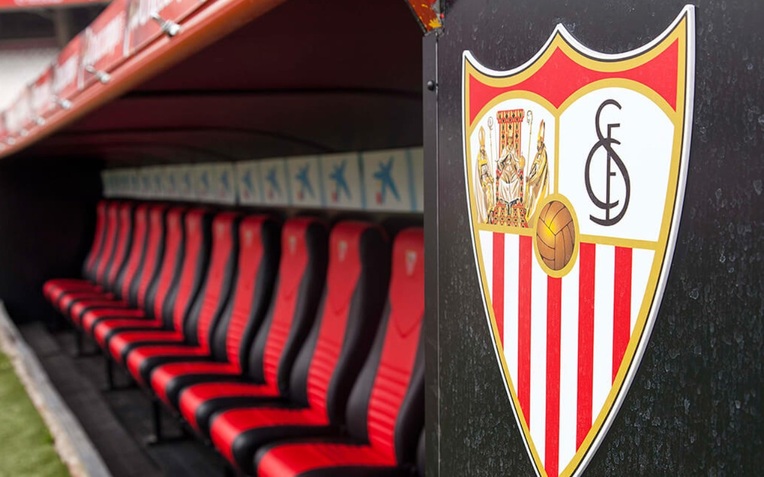
Sevilla Fútbol Club, better known simply as Sevilla, is the oldest football club in Spain, presuming you’re talking about a club that is dedicated solely to football rather than a ‘sports club’ with a football section. It was formed in January of 1890 with a number of British people largely responsible. In fact, the first President of the club was a Scotsman by the name of Edward Farquharson Johnston.
Sevilla is not the most successful club in Spanish football, but it’s the most successful club in Andalusia, having won a title in the 1945-1946 season, five Spanish Cups, a Spanish Super Cup, a UEFA Super Cup and a record eight UEFA Cups/Europa Leagues. As far as the latter competition is concerned, they became something of an expert team at winning the Europa League, winning it twice in a row in 2006 and 2007 and then three times in a row in 2014, 2015 and 2016.
Ramón Sánchez Pizjuán History
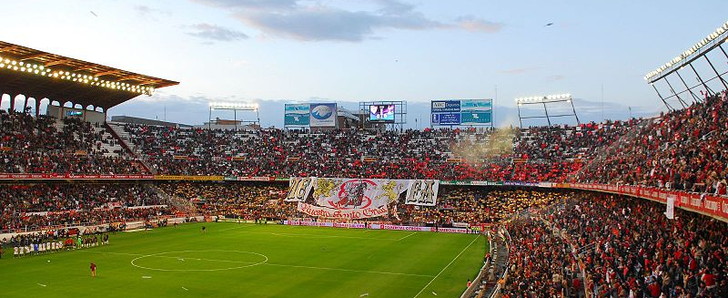
For the first twenty years of the club’s existence they were nomads, playing their home games in a number of different locations around Seville. They played in Estadio de Nervión for thirty years from 1928 until Estadio Ramón Sánchez Pizjuán opened in 1958. Planning for the new ground actually began as early as 1937 when land was bought near to the Estadio de Nervión. Building didn’t begin until 1954, however and the stadium took four years to complete.
The first game at the new ground took place on the 7th of September 1958 when Sevilla welcomed Real Jaén to the Estadio Ramón Sánchez Pizjuán. Only the North and South stands were present though, with the East and West grandstands not being completed until 1974. The Spanish national side has played 26 games at the stadium, winning 21 of them and drawing five. In 1982 it was used to host a Group 6 match between Brazil and the Soviet Union in the FIFA World Cup, as well as the semi-final between West Germany and France, with West Germany, predictably, winning 5-4 on penalties.
Future Developments
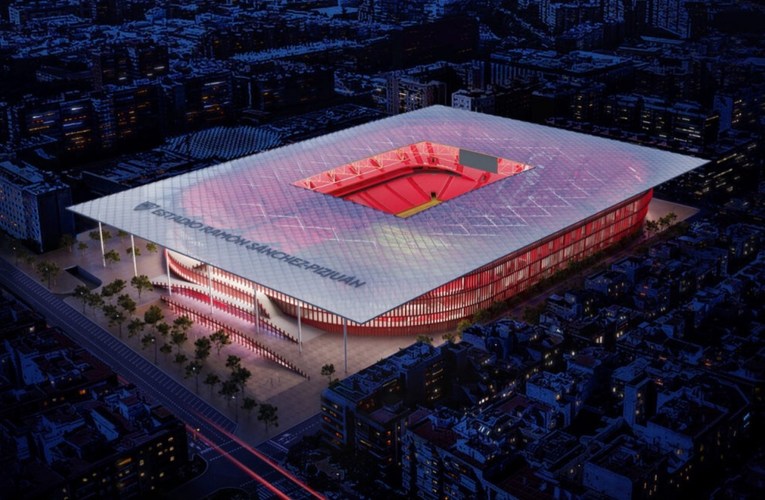
At the end of 2023, it was announced that Sevilla will be demolishing their stadium and building a brand new one in its place. The work is due to start in 2026 and be finished by 2029. As of yet, we do not know where the club will play while this work is going on.
